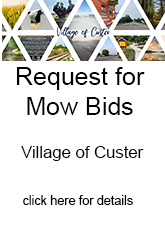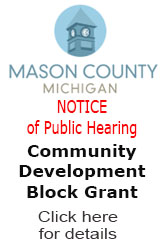
The Northern Lights glow over a wind turbine in Riverton, October 2012.
The Light Chaser is brought to you by MyProLab.com, a professional photographic lab offering services to the consumer market. MyProLab.com, the official photographic lab of Media Group 31 (our parent company) and Alway Photography.
The Light Chaser. A blog by Rob Alway.
Chapter 9: Low light photography

Lightning over a wind turbine, April 2014.
Last week, a significant magnetic storm created a beautiful show of the northern lights in sky. Photographing events like this, in almost complete darkness, can be a challenge.
In order to photograph in low light you really need to have the right equipment. At the minimum you’ll need a tripod and a camera (with fully charged batteries) that allows for manual exposure settings. A cable release or remote control, flashlight and a timer are also beneficial.
For an event like the aurora borealis, you should also have a location in mind.
National Geographic photographer-emeritus Sam Abell teaches about the concept of “compose and wait.” What he means by this is that a good photographer will already have a photograph envisioned in his/her head before taking a picture. You will discover that most professional landscape photographs do not just come across a scene, like the northern lights.
Please be respectful of private property and be sure to have permission. Remember that selling images of private property for commercial may require a written property release from the owner of that property.
Back in Chapter 4 of this blog we talked about shutter speed. While typical shutter speeds range in fractions of a second, low light typically requires shutters that can last several minutes. Most camera shutters are only pre-set to 30 seconds and faster. Pitch dark situations will require you to set your shutter to “bulb”. Set your aperture to a middle setting, like f/8 and your ISO to 400. You will also want to set your camera or lens to manual focus.
 Avoiding contact with or any type of movement of the camera is essential during low light sessions. For this reason, using a cable release or remote control is the best way to go.
Avoiding contact with or any type of movement of the camera is essential during low light sessions. For this reason, using a cable release or remote control is the best way to go.
Low light photography is one of the areas where digital format has an advantage over film, primarily because of the instant feedback. You will want to try several different shutter times, this is where the timer comes in handy. The flashlight just plain comes in handy. I have found that my iPhone works great for both those functions.
This is Michigan and while the calendar says it’s spring, the nights are still rather cold. Be sure to dress accordingly.
Rob Alway is editor-in-chief of Media Group 31, LLC, owner of Mason County Press, Manistee County Press and Oceana County Press. He is also a professional photographer with over 25 years of career experience and an adjunct instructor of photography at West Shore Community College. He and his wife, Becky, own Alway Photography, Inc. of Scottville.

















.jpg)























 (1).gif)












.png)






